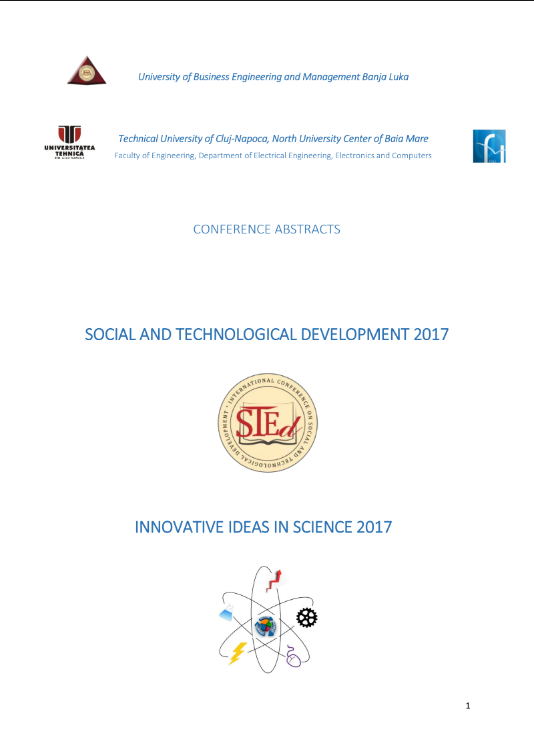
This is an open access article distributed under the Creative Commons Attribution License which permits unrestricted use, distribution, and reproduction in any medium, provided the original work is properly cited.
The wide application of various regulators in automated control systems of technological objects determines the necessity to solve problems of constructing optimal, adaptive and with expanded functional capabilities of technological controllers. The toolkit for constructing technological controllers is Simatic S7 hardware devices (PLC S7-1200, Frequency Converter Sinamics G120C, TIA Portal V14) of “Siemens” company. The control tasks are defined, choice of type regulator (PID-Proportional-Integral-Differentiating Regulator) is justified, the Simatic S7 hardware of the automated control system of the asynchronous electric drive of the technological installation is configured and parameterized, the control algorithm and the application program in the language of the FBD - Functional Block Diagram of the international standard IEC 61131 3 were developed. The received results of modeling of technological controllers of control objects on the basis of developed models and simulator PLCSIM V14 «Siemens» are considered, namely: algorithm of control of asynchronous electric drive with frequency regulation and the method of constructing on its basis technological controllers for automated control systems, and also simulation model of technological regulator and application software of the automated control system with the technological controller; The results of researches of processes and procedures of adaptive debugging of the parameters of the regulator from the change of control parameters and electrical parameters of the asynchronous electric drive are given.
Automated control systems, PLC, algorithm of control, PID – regulator, frequency control of asynchronous electric drive, simulation model, adaptive debugging
The statements, opinions and data contained in the journal are solely those of the individual authors and contributors and not of the publisher and the editor(s). We stay neutral with regard to jurisdictional claims in published maps and institutional affiliations.